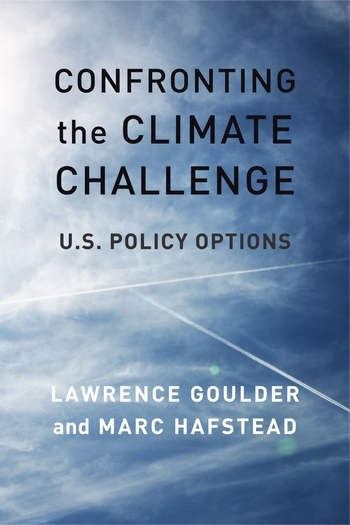Inderjeet Parmar on Foundations and the American Century, Part 2
In the second part of his essay, Inderjeet Parmar, author of Foundations of the American Century: The Ford, Carnegie, and Rockefeller Foundations in the Rise of American Power, examines the role of U.S. foundations in the post-Cold War era. (To read part 1):
Since the end of the Cold War, however, U.S. foundations have continued to affect U.S. foreign policy and the development and direction of globalization. Foundation networks were central, for example, in elevating and refining what has become the central rationale of U.S. national-security strategy since the collapse of the Soviet threat—democratic peace theory (that democracies do not fight one another), as embodied in the Bush doctrine as well as in the policies of the Obama administration.
There’s been a great expansion in the number of U.S. foundations, the variety of grant-making activities, and total philanthropic assets. Since 1987 the number of foundations in the United States has grown from 28,000 to about 50,000, and these new foundations hold some of the enormous recent growth in American wealth. Their assets have expanded from $115 billion in 1987 to over $300 billion today. Their international giving also topped $3 billion in 2002. Record increases in international philanthropic giving have been recorded since the mid-1990s, prompted by a strong world economy and the rise of new fortunes, especially Bill Gates’s Microsoft Corporation and his accompanying foundation.
Indeed, the Gates Foundation, like the Rockefeller and Carnegie foundations that it takes as its role models, has been accused of high-handed interventions in Africa in the name of treating disease. Bypassing local healthcare systems and governments, and frequently distributing drugs not approved by the U.S. Food and Drug Administration (FDA), Gates stands accused of an overweening imperial attitude—summed up by the term “philanthro-capitalism”—which is about as ugly as it sounds.
In Foundations of the American Century, I argue that the foundations’ global posture started before the water’s edge—at home, especially in America’s elite universities where area studies and international relations programs were pioneered—to spread “knowledge” about areas of strategic or economic value to the United States and as a first step in their incorporation into America’s expanding spheres of influence. American power is multilayered, complex and sophisticated; it is also highly adaptive, smart, and restless. And, like Switzerland, is in dire need of deconstruction.






